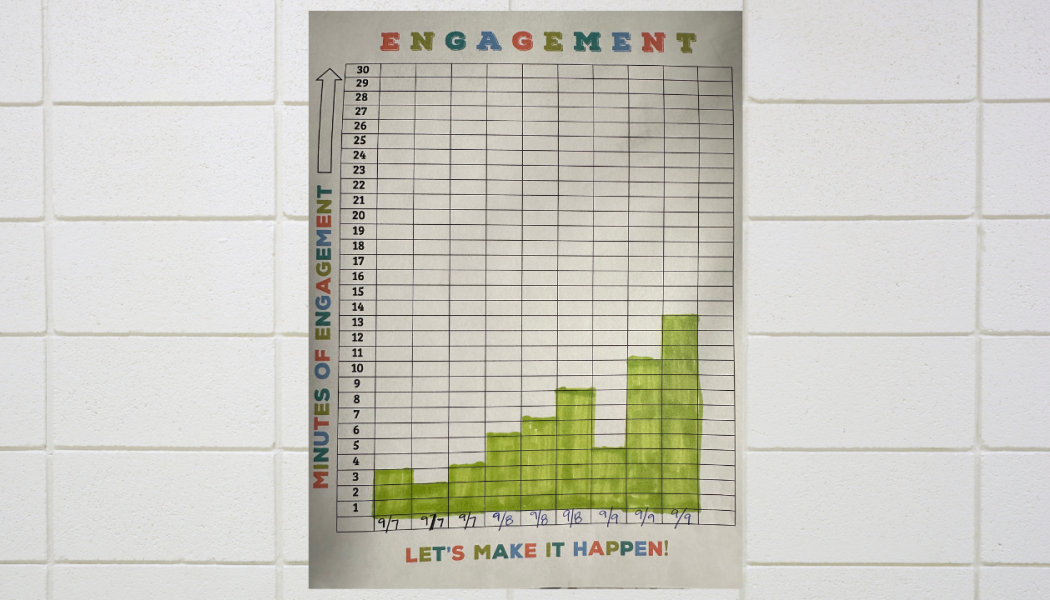Graphing Engagement

Join Our Community
Access this resource now. Get up to three resources every month for free.
Choose from thousands of articles, lessons, guides, videos, and printables.
For years we taught lessons on building stamina, teaching students that it means being able to do something for an extended amount of time. We shared books in which the characters learned to do something new and built their stamina, and we practiced building it with different literacy tasks, celebrating our success as we made progress. We graphed minutes of successful stamina, which we measured by the students’ ability to follow the behaviors on the I-chart. The time spent teaching about and building stamina resulted in students’ ability to work independently so that teachers could meet with small groups and confer with students individually.
When we build stamina and graph successful minutes with the purpose of wanting students to be independent, the focus can, unfortunately, become about compliance instead of engagement with the learning. So, we remind ourselves of the purpose of stamina building. The intent is not to build compliance, but to build behaviors of engagement. Of course we want students to get started right away, work quietly, stay in one spot, persevere, ignore distractions, and work the whole time, but we want them to do it while engaged in their work. Sitting in one spot quietly is not enough. So we look more deeply at what engagement looks like and use the I-chart and the 10 Steps to Teaching and Learning Independence to provide students with a clear picture of what it means to be engaged in their work.
What does it mean to be engaged when students are working independently and collaboratively? For that we look at the six language arts, and receptive and expressive modes of engagement and learning.
- In the receptive mode, students are engaged if they are reading, listening, or viewing.
- In the expressive mode, students are engaged if they are speaking, writing, or visually representing.
With older students we explain what it means to be receptive and expressive in learning, using the terms expressive and receptive. We model for them, followed by time for them to practice and build engagement.
We help younger students understand receptive and expressive learning by referring to their senses.
We ask
- What are your eyes doing?
- What are your ears doing?
- What are your hands doing?
- What is your mouth doing?
- What is your brain thinking?
After teaching what engagement looks like, we model the behaviors and follow up with time to practice and build engagement.
We repeat this lesson as needed, because we are building the behaviors of independent and collaborative work. And we graph engagement (not stamina) to make progress visual.
So what about the word stamina? We use it to talk about the length of time we are able to engage in our work. Focusing on engagement is transformational and truly makes a difference.
You can find our new engagement charts here.
*Please note: We are a small company and are working diligently to update this information on our website. In the meantime, go to the Tip of the Week archives to view our newest work.






